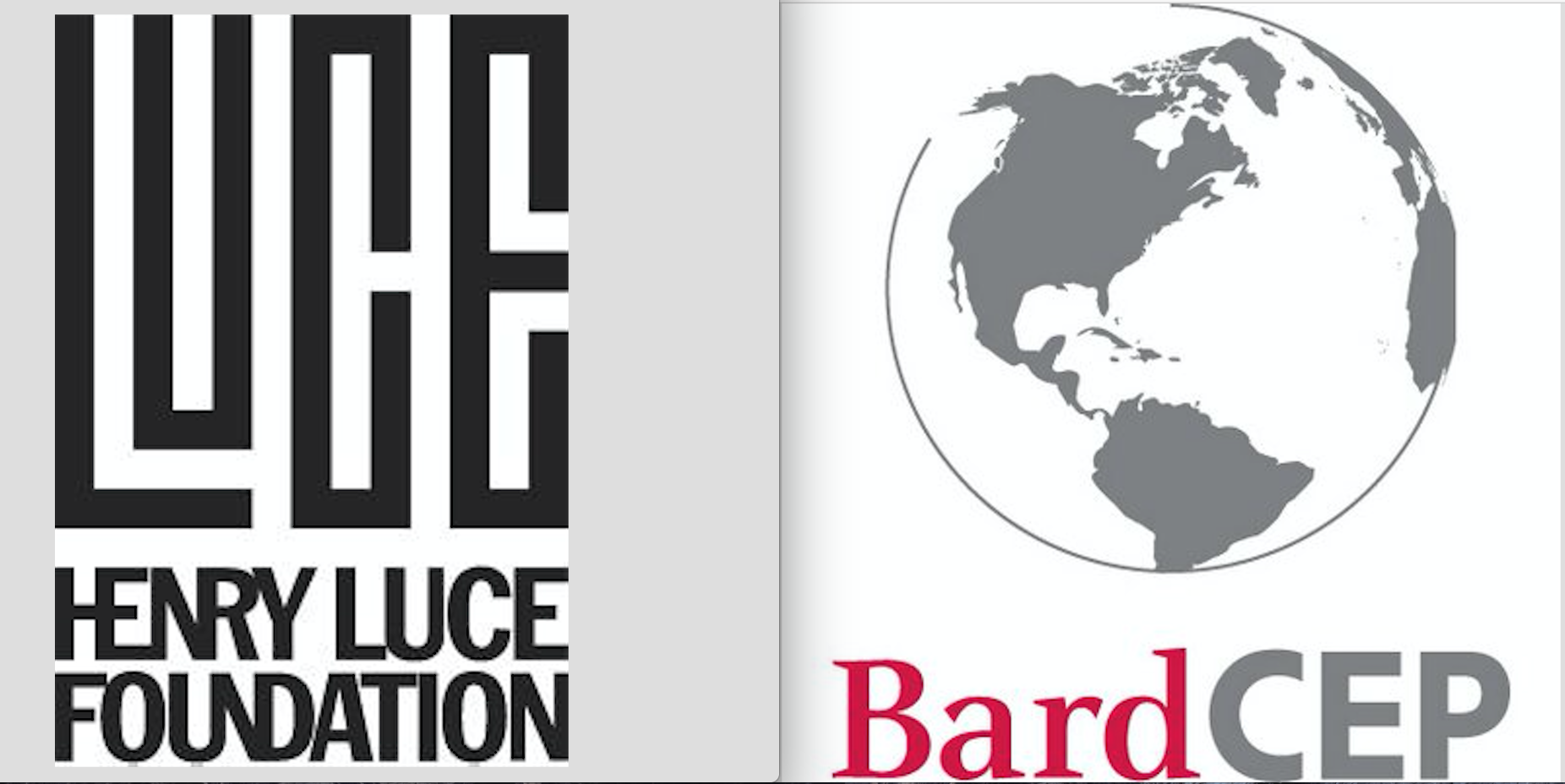Written by Tom Wolf ( Professor of Art History, Bard College)
As an art historian the Japan trip was of great value to me, and I learned a great deal that will feature in my teaching. Since art history encompasses not only fine art, but also the history of architecture, city planning and material culture, the trip’s focus on environmental issues dovetailed very well with some of my teaching concerns as many of the sites we visited raised issues about the relationship between art and the environment.
During our time in Japan the group I was with experienced sites that ranged from centuries ago to the present, and learned about both continuities and ruptures in the relationship between man and his surroundings. Soon after arriving we visited the Meiji Shrine in Tokyo, a Shinto shrine and park created in 1920 by the Japanese people in honor of their recently deceased Emperor and Empress. It is a classic example of man creating a retreat flourishing with trees and flowers as a respite from the teeming metropolis that surrounds it.
Meiji Shrine Park
The next day we visited the Edo-Tokyo Open Air Architectural Museum, which consists of actual buildings dating from the 17th century through the 20th that have been preserved and moved to a large park. Created by the Tokyo Metropolitan Government it presents a great opportunity to survey the history of Japanese architecture, to explore authentic buildings that are however detached from their original context and relocated.
The following leg of our trip was North to Fukushima, where we visited several cities that had been devastated by the tsunami of 2011 and were in the process of rebuilding. Here issues of the environment and city planning were starkly visible, as we heard lectures at visitors’ centers about the disaster and walked through streets that were partly vacant, partly rebuilt. The town of Ishinomaki was the birthplace of a well-known manga artist, Shotaro Ishinomori, and we saw a museum that was being built in his honor as well as life-sized statues of manga figures based on his work placed around the town. These stood in sharp contrast to the barrenness or rubble that sometimes surrounded them. The building of the museum and the commissioning of the sculptures is an effort to promote tourism–an attempt to use art to help cope with environmental disaster. 
Manga Figure, Ishinomaki
Industrial Waste Display
The last leg of our trip was South to the art islands of Naoshima, where the Fukutake Foundation is making an ambitious attempt to revive traditional commerce and relieve environmental pollution–in a large part through art, though here fine art as opposed to the popular arts of parks or manga. The islands are located off the shore of Okayama, home of the Fukutake Foundation, which has sponsored the islands’ ecological projects, art museums, and permanent art installations. We visited several of the islands, and saw rice farms subsidised by the Foundation, where we met the farmers. We also saw ruined industrial buildings that were converted into contemporary exhibition spaces. On the island of Teshima we toured a recylcling plant dedicated to removing years of industrial waste that had been dumped on the island, as well as a white modernist concrete building by the architectural firm, Saanna, whose organic curving forms were built into the landscape and which was created for an evocative water installation by the artist Reito Naito. The whole premise of the Fukutake Foundation’s enlightened capitalism, and the role of austere abstract contemporary art as it relates to the landscape and to the public (which apparently flocks to the beautiful, sea-side Naoshima) will be part of my thinking, and my teaching, from now on.
Repurposed Factory, Teshima
Teshima Recycling
Saana Art Space, Teshima





